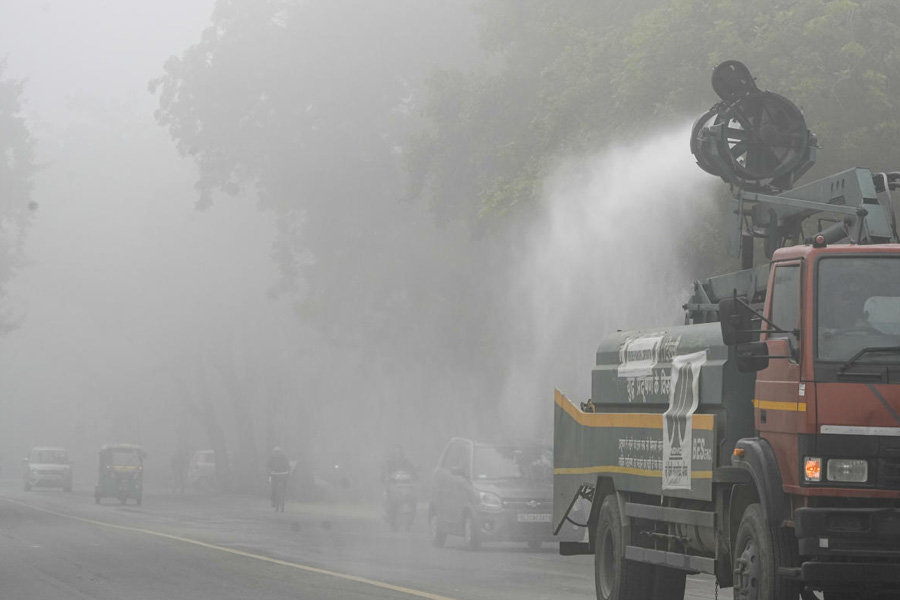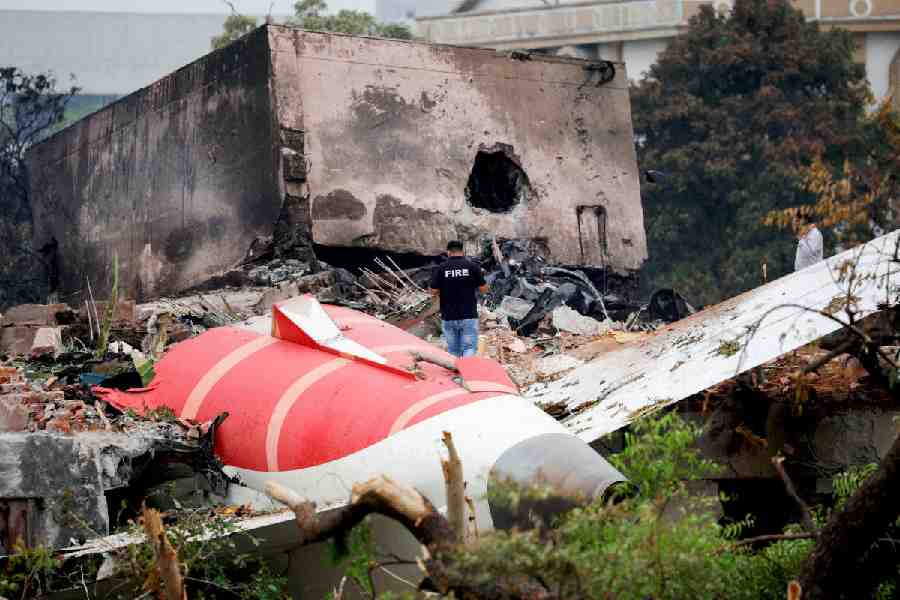Ranchi, Jan. 21: The tribal heartland is slowly but steadily climbing up the learning ladder and the Annual Status Educational Report (ASER), 2010, is proof.
According to the nation-wide report, five districts of Jharkhand — Godda, Seraikela, Dumka, Jamtara and Bokaro — have performed well with students excelling in mathematics and Hindi. Both the reading and learning abilities of the children, especially those residing in remote areas of the state, have improved considerably.
The survey was conducted in October last year by ASER in 550 districts of the country. Thirty villages were randomly selected in each district to find out the learning status of children in the age group of 3 to 16 years.
Pratham-Jharkhand, an NGO working towards providing quality education to children, acted as the facilitating agency here. Besides, as many as 22 other NGOs like Bokaro-based Sahyogini, Giridih’s Samajik Parivartan Sansthan, Deoghar’s NEEDS, Seraikela’s Lok Hith Sansthan and Godda-based Santhal Pargana Gram Rachna Sansthan also supported ASER. Help was taken from school teachers and volunteers at anganwadi centres, who work closely with children outside school.
Of the five districts, children of Godda performed best. Here, 93.8 per cent of students in Class I and II could recognise digits from 1 to 9 while 93.4 per cent could recognise alphabets, read simple sentences and words in Hindi, the survey report said. In 2009, only 71.5 per cent of students of Classes I and II could understand alphabets in Godda while 72.6 per cent could recognise the digits.
In the other four districts, around 85 per cent of children were able to recognise the numbers and Hindi words.
Santhal Pargana Gram Rachna Sansthan, the NGO that helped in survey work in Godda, credited the district’s performance to maximum involvement of para-teachers, school teachers and Integrated Child Development Services centres. These units, set up under a Centre-sponsored scheme, addresses health and nutrition needs of children in every village.
“During the survey, we found out that contribution of local para-teachers towards development of reading and learning skills of children was immense,” said in-charge of the NGO, Babita Singh.
Echoing her, Gautam Sagar of Bokaro’s Sahyogini added: “In the absence of regular government teachers, para-teachers have played a big role in increasing the students’ interest level.”
There was more good news. The dropout rate also fell in 2010. “According to the report, 3.8 per cent of children are out of schools in Jharkhand, while in 2009, the figure was 5.7 per cent,” said Kumar Katyayani of Pratham.
On the flip side, the report did mention that if children in the primary section were doing well, their performance level fell as they graduated to higher classes.
“If 88.5 per cent of Dumka’s children in Classes I and II could read and recognise Hindi words, only 66.7 per cent were able to do so in Classes III to V,” Katyayani added.










